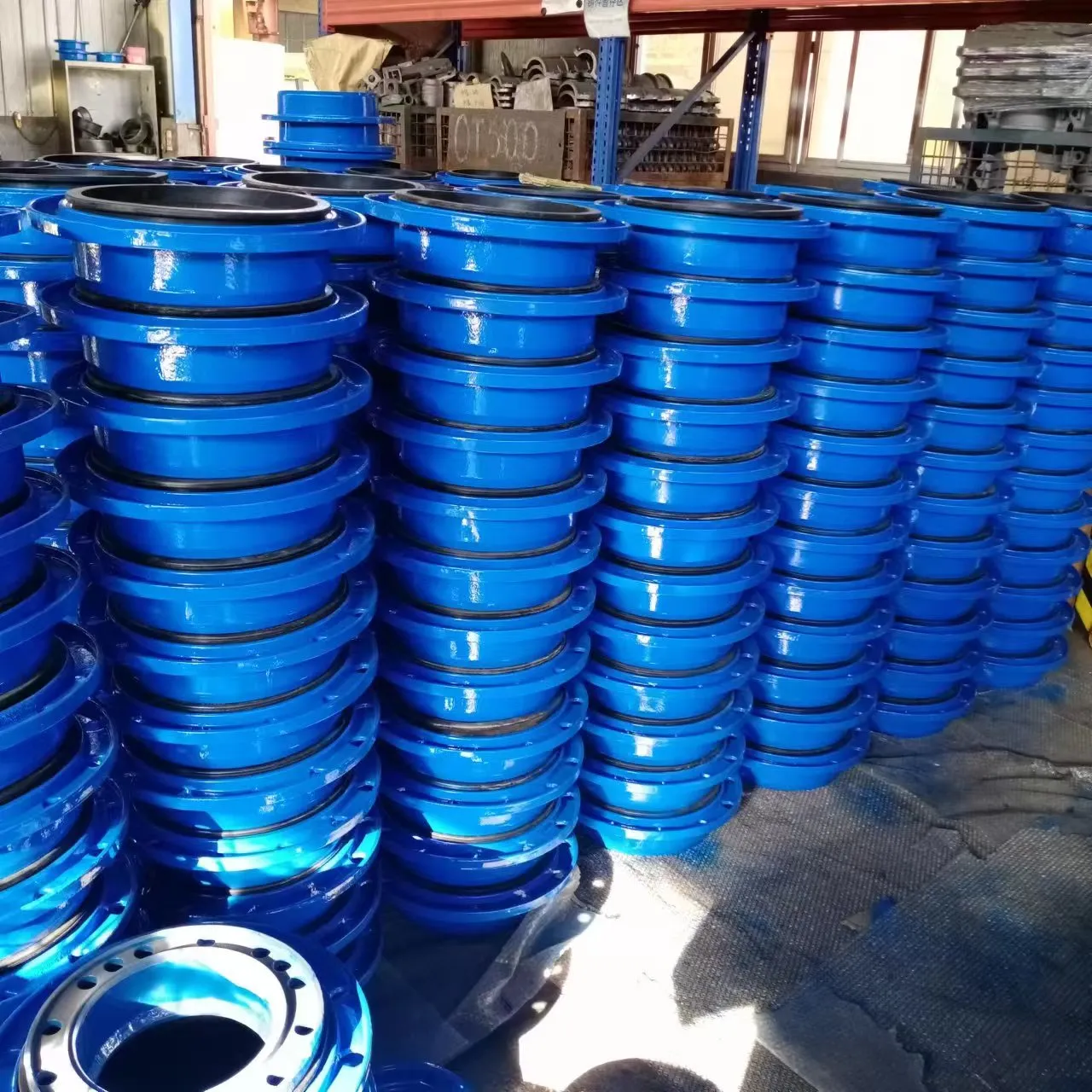butterfly valve actuator type
Understanding Butterfly Valve Actuator Types
Butterfly valves are crucial components in various industrial applications, primarily used for regulating the flow of liquids and gases. They consist of a rotating disc that opens and closes to control the flow within a pipe. The actuator is the heart of the butterfly valve system, responsible for moving the disc to achieve the desired flow rate. This article delves into the different types of butterfly valve actuators, highlighting their functionalities, advantages, and considerations when selecting the right actuator for specific applications.
Types of Butterfly Valve Actuators
1. Manual Actuators Manual actuators are typically hand-operated mechanisms that allow operators to control the butterfly valve directly. A lever or handwheel is used to rotate the valve disc. These are simple and cost-effective solutions suitable for applications where flow control can be managed without automation. However, they require physical presence for operation, which may not be ideal for remote or automated systems.
2. Electric Actuators Electric actuators are powered by electric motors, allowing for precise control over the valve positioning. These actuators can be easily integrated with automated systems, making them ideal for processes that require consistent flow control and minimal human intervention. Electric actuators are versatile and can be equipped with various features such as position feedback, speed control, and torque settings. However, they may be more costly upfront, and considerations regarding power availability and electrical safety must be taken into account.
3. Pneumatic Actuators Pneumatic actuators use compressed air to operate the butterfly valve. The key benefit of pneumatic actuators is their rapid response time, making them suitable for applications that require quick opening and closing of valves. They are widely used in heavy industries, such as manufacturing and processing plants. However, pneumatic actuators depend on a consistent air supply and may require additional infrastructure for air compression, which could be a limitation in some settings.
4. Hydraulic Actuators Utilizing hydraulic fluid, hydraulic actuators provide substantial force to operate larger butterfly valves. They are particularly favored in applications with demanding torque requirements, such as in power plants or large-scale industrial operations. The power and efficiency of hydraulic actuators make them suitable for situations where heavy-duty operation is needed. However, they can be complex and require careful maintenance to prevent leaks and other hydraulic issues.
5. Smart Actuators As technology advances, smart actuators have emerged, integrating Internet of Things (IoT) capabilities and advanced controls. These actuators can communicate with control systems, providing real-time data on valve position, flow rates, and system performance. Smart actuators can improve efficiency and reduce downtime through predictive maintenance and remote control options. However, they necessitate a higher level of technical expertise and investment.
butterfly valve actuator type

Choosing the Right Actuator
When selecting the appropriate actuator for a butterfly valve, several factors must be considered
- Application Requirements Evaluate the specific needs of the process. Consider the flow medium, pressure, temperature, and the need for speed and precision.
- Control Method Determine whether automation is required. Manual actuators are suitable for simple systems, while electric or pneumatic options may be better for complex automated processes.
- Size and Torque Assess the size of the valve and the torque requirements. Larger valves may need powerful hydraulic actuators, while smaller ones could be effectively managed by electric or pneumatic actuators.
- Environment Consider the operating environment, including temperature extremes, presence of corrosive substances, and space constraints.
- Maintenance and Reliability Evaluate the maintenance needs of each actuator type. Some options may require more regular upkeep than others.
In conclusion, understanding the various types of butterfly valve actuators is essential for ensuring optimal flow control in industrial processes. Choosing the right actuator involves assessing operational requirements, environmental conditions, and maintenance capabilities. Whether opting for manual, electric, pneumatic, hydraulic, or smart actuators, making an informed decision can lead to enhanced efficiency, reliability, and cost-effectiveness in system performance.
-
The Smarter Choice for Pedestrian AreasNewsJun.30,2025
-
The Gold Standard in Round Drain CoversNewsJun.30,2025
-
The Gold Standard in Manhole Cover SystemsNewsJun.30,2025
-
Superior Drainage Solutions with Premium Gully GratesNewsJun.30,2025
-
Superior Drainage Solutions for Global InfrastructureNewsJun.30,2025
-
Square Manhole Solutions for Modern InfrastructureNewsJun.30,2025
-
Premium Manhole Covers for Modern InfrastructureNewsJun.30,2025
